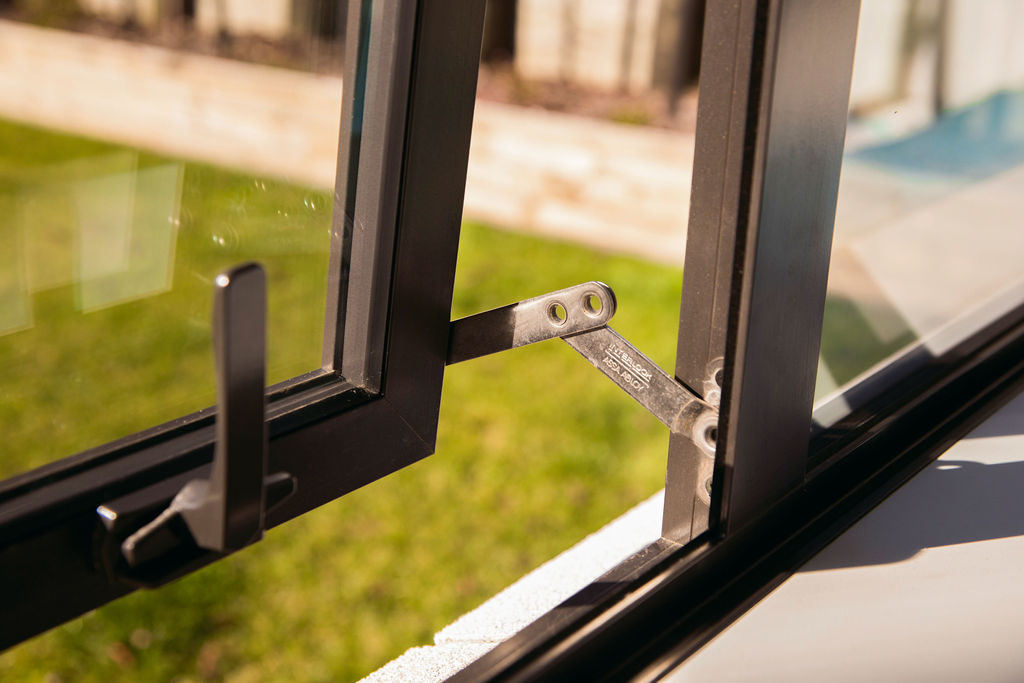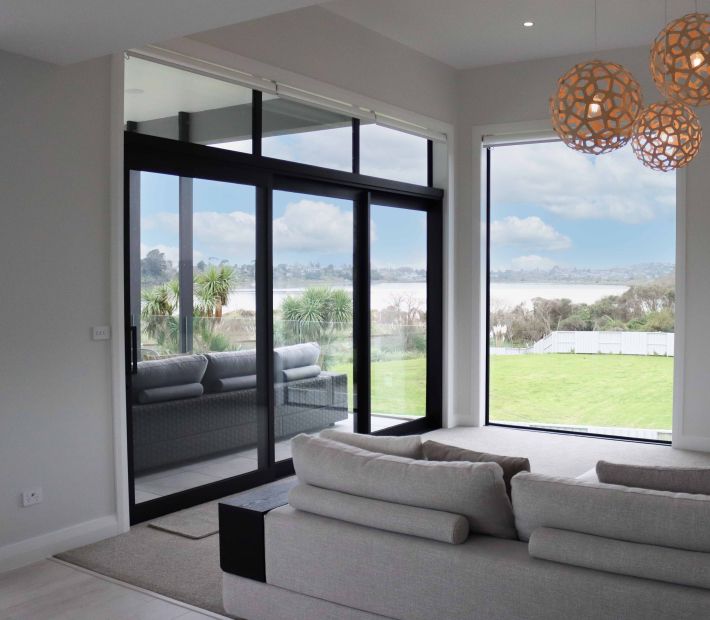The New Zealand Building Code was updated in November 2021 and a compliance grace period of one
year was allowed for the building industry to make the necessary improvements to meet the new Code.
H1 is the clause in the Building Code that deals with energy efficiency. This update is the first in over a
decade and it focuses on increasing the energy efficiency requirements of new homes to improve health
and comfort.
The main changes include increasing the number of climate zones from 3 to 6 to allow for the variation
in climate across New Zealand. Increasing roof insulation to a higher thermal performance level and
increasing the window R value required in each climate zone by at least 80%.
The changes to H1 may have caught some sections of the building industry unaware but window
manufacturers have been preparing for a while. Tasman Aluminium’s main supplier FMI, has invested
significant resources into developing the high performance technology required to meet the new Code.
There are solutions available at multiple levels to meet the 6 climate zones and varying budgets.
To meet the new Code double glazing needs to improve to achieve the higher performance
requirements. This can be achieved through using Solace Low e glass and the double glazed unit can be
filled with inert Argon gas. For zones in cooler climates the windows and doors will need to use a
thermally broken frame, thermally improved spacers within the double glazed unit and Solace Low E
glass with inert Argon gas. The joinery can be further improved with triple glazing and a higher spec
inert Kripton gas.
Don’t panic, while these changes can seem a bit overwhelming they are fairly straight forward. In a few
years time they will be the norm in the NZ Building industry and people will be enjoying a comfortable,
more energy efficient home.





